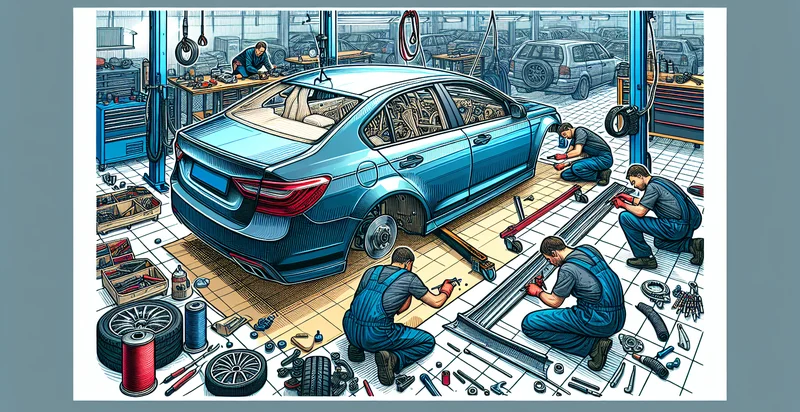Identify car maker by pillar design
using AI
Below is a free classifier to identify car maker by pillar design. Just upload your image, and our AI will predict what car maker it is based on pillar design - in just seconds.

Contact us for API access
Or, use Nyckel to build highly-accurate custom classifiers in just minutes. No PhD required.
Get started
import nyckel
credentials = nyckel.Credentials("YOUR_CLIENT_ID", "YOUR_CLIENT_SECRET")
nyckel.invoke("car-maker-by-pillar-design", "your_image_url", credentials)
fetch('https://www.nyckel.com/v1/functions/car-maker-by-pillar-design/invoke', {
method: 'POST',
headers: {
'Authorization': 'Bearer ' + 'YOUR_BEARER_TOKEN',
'Content-Type': 'application/json',
},
body: JSON.stringify(
{"data": "your_image_url"}
)
})
.then(response => response.json())
.then(data => console.log(data));
curl -X POST \
-H "Content-Type: application/json" \
-H "Authorization: Bearer YOUR_BEARER_TOKEN" \
-d '{"data": "your_image_url"}' \
https://www.nyckel.com/v1/functions/car-maker-by-pillar-design/invoke
How this classifier works
To start, upload your image. Our AI tool will then predict what car maker it is based on pillar design.
This pretrained image model uses a Nyckel-created dataset and has 32 labels, including Alfa Romeo, Aston Martin, Audi, Bmw, Bugatti, Chevrolet, Chrysler, Citroen, Dodge and Ferrari.
We'll also show a confidence score (the higher the number, the more confident the AI model is around what car maker it is based on pillar design).
Whether you're just curious or building car maker by pillar design detection into your application, we hope our classifier proves helpful.
Related Classifiers
Need to identify car maker by pillar design at scale?
Get API or Zapier access to this classifier for free. It's perfect for:
- Automotive Quality Control: Manufacturers can use the false image classification function to identify and flag car designs that do not fit established pillar design specifications. By implementing this system, companies can enhance their quality assurance processes, reducing errors in production and ensuring vehicles meet compliance standards.
- Customer Preference Analysis: Car dealerships and marketers can analyze customer engagement with different pillar designs by classifying images of vehicles. This insight will enable tailored marketing strategies and allow them to stock models that better align with consumer preferences.
- Historical Design Comparison: Automotive historians and researchers can employ this function to classify images of cars from different eras based on their pillar designs. This analysis would assist in visualizing design evolution and understanding trends in automotive aesthetics and engineering.
- Car Design Innovation: Automotive designers can use the classification function to explore and analyze existing pillar designs, identifying unique elements and gaps in the market. This information can inspire innovative design concepts that blend functionality and style, setting new industry standards.
- Insurance Assessment: Insurance companies can leverage the false classification function to assess the value and types of vehicles based on pillar design characteristics during claims processing. By quickly analyzing images of damaged vehicles, insurers can better determine liability and assess repair costs.
- Fleet Management Optimization: Businesses managing vehicle fleets can use this function to categorize and monitor pillar designs for maintenance purposes. By analyzing wear patterns and design durability, fleet managers can make informed decisions on replacements and upgrades.
- Sustainability Evaluation: Automotive companies focused on sustainability can utilize the classification functionality to assess designs based on their material use and structural efficiency. This evaluation will help identify opportunities for eco-friendly innovations and improve overall sustainability practices in manufacturing.


